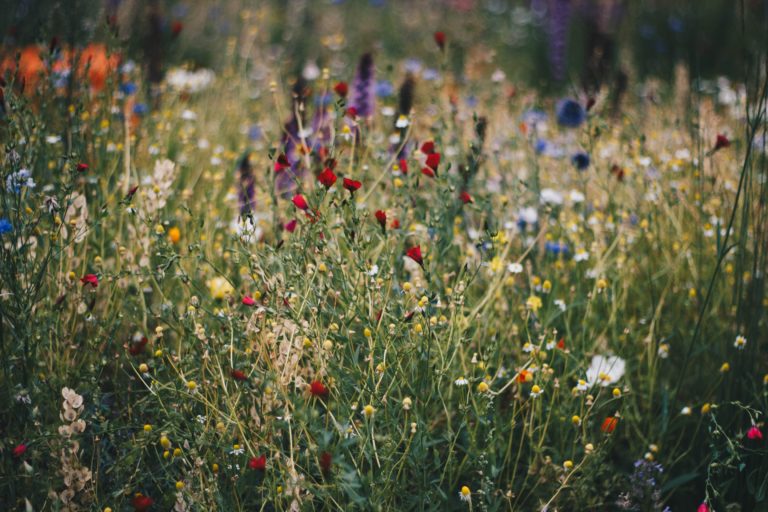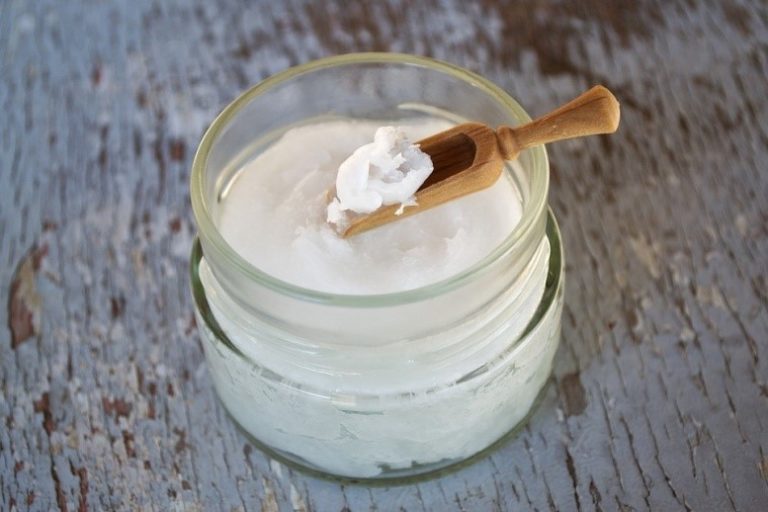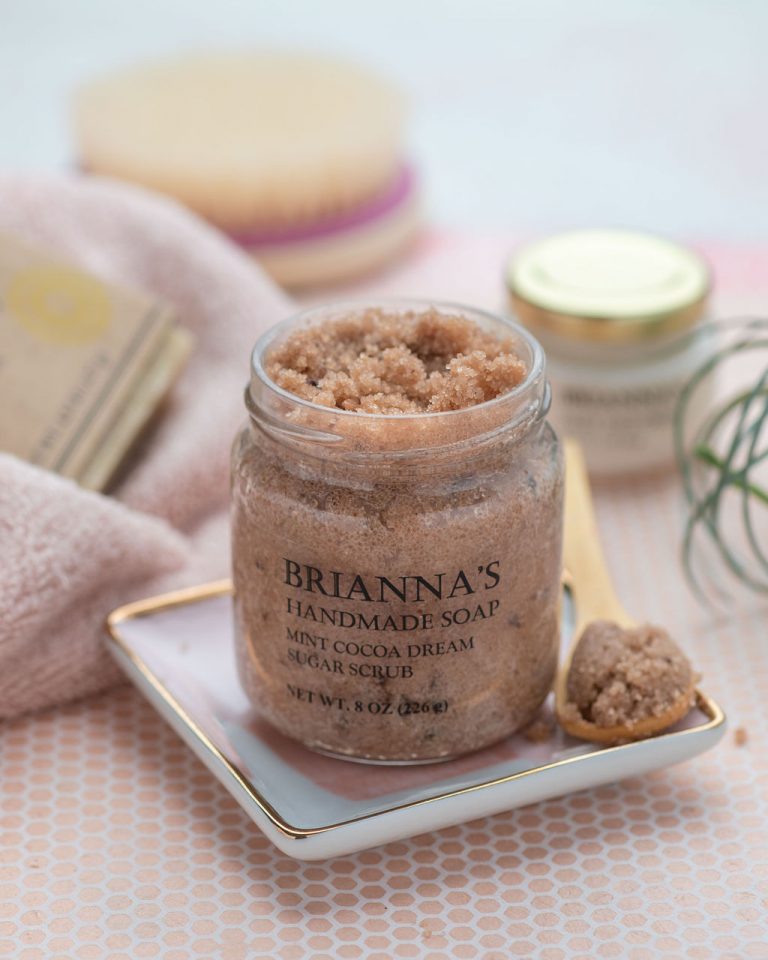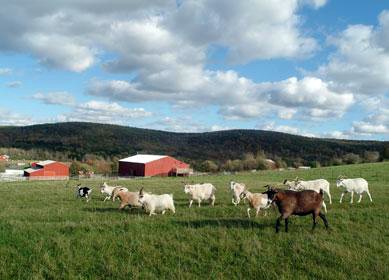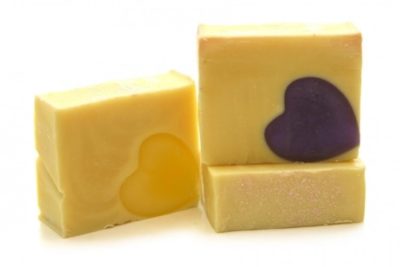Understanding the Difference between Organic and Natural
What is the difference between organic and natural skincare products? The beauty industry is always bringing forth newer and more advanced products for people to use. The fanciful wordings and catchy phrases on these products lure in people to buy their products but they are not always clear about the types of ingredients that are…

